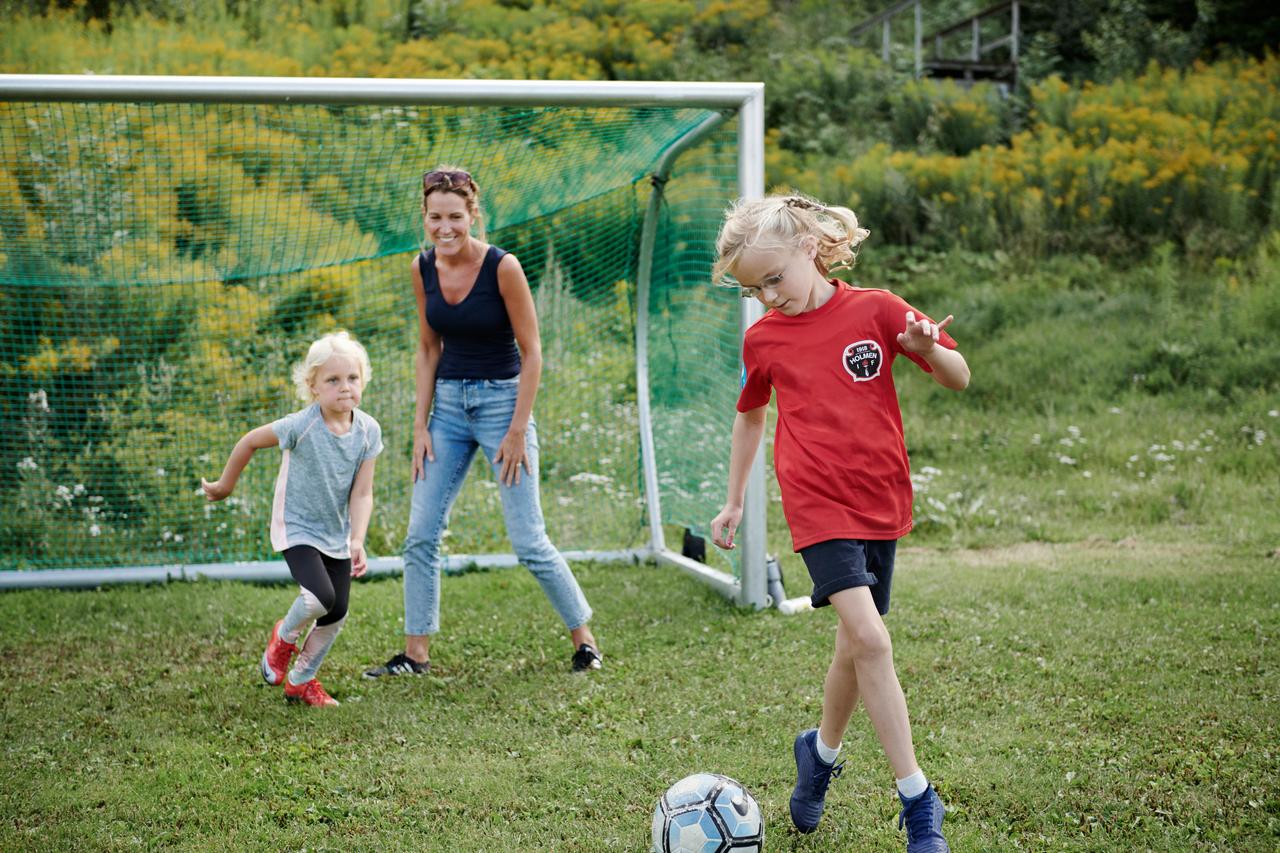Is double poling outperforming the traditional, classic cross-country techniques? We’ve tested the waters at Visma Ski Classics with the famous cross-country teams Team Leaseplan Go and Team Santander.
Long-distance skiing is a fascinating sport. Extreme endurance sports at the highest level are combined with both popular celebration and circus. But the athletes’ extreme challenges are definitely not for weaklings. The exhausting long-distance runs at the cross-country circus of Visma Ski Classics makes enormous demands of both the physical and mental capacity of its participants. Tens of kilometres zoom by at a great pace. Tactical considerations must be made both before and during every single race. The toughest man and woman of them all – both physically and mentally – will stand as the winner of Visma Ski Classics after a long and rich season.
All Visma Ski Classics ski runs are done in the classic style, yet fewer and fewer are using grip wax under their skis.
Steep fronts
Will double poling on smooth skis completely overtake the traditional, classic cross-country skiing? That seems to be one of the most important questions in the Norwegian cross-country skiing world these days. The occasionally heated debate of double poling techniques versus the traditional, classic cross-country technique (which also includes diagonal stride and kick poling) is alive and kicking. The champions of double poling say we can put the final nail in the coffin of the traditional style sooner rather than later, while the so-called traditionalists fear these developments and want to take drastic measures to slow them down. At the same time, many elite skiers are setting directing their attention at long-distance skiing and Visma Ski Classics, and many of the runs are held in high regard by hobbyists.
The experts respond
So what do the experts think of this development? Magnar Dalen has travelled far in the cross-country skiing world. He was brought in as the manager of Team Satander after having been the coach of the Finnish national team the past few years. Emil Weberg Gundersen is the young, up and coming, yet already experienced coach of Team Leaseplan Go. He already had three years as coach of Team Norgeshus under his belt when he was offered the role of team coach by Thomas Alsgaard himself at the age of 27. In an attempt to get the lay of the land with regard to Visma Ski Classics recruitment, the great poling debate and the future development of cross-country skiing, we’ve asked these two gentlemen the following questions:
1. How is recruitment for long-distance skiing among younger cross-country skiers?
2. Will we be seeing even more national team skiers from the World Cup focus on cross-country skiing in the long run?
3. Could traditional, classic cross-country die out in favour of double poling? What would this mean for cross-country skiing?
4. What further developments are possible for Visma Ski Classics?
Magnar Dalen:
1. We’ve noticed that more and more athletes are focusing at long-distance runs at younger ages. It’s an exciting development.
2. Yes, I think so. There’s a lot to gain from getting the best private team athletes. Besides, the prestige from winning one of the big long-distance runs is greater than many of the other runs in the world cup. Long-distance runs are well-covered on TV too.
3. If so, I don’t think that would be very good for the sport. Personally I want pure fell runs in the classic style. One possibility would be to arrange ski runs starting at Sognsvann and finishing at Tryvannstårnet (346 metre climb)
4. I’m hoping for even more runs that start one place and finish another. Preferably over mountain passes and high valleys in heavy trails. That will give it even more excitement and variation.
Emil Weberg Gundersen:
1. More and more skiers from around 25 years and up are focusing on long-distance runs. You’ve also got the ones who are starting their efforts at a very young age. Generally these are people with a talent for going far. The teams at Visma Ski Classics keep a high level, so you need a wide foundation and you need to be tough to stand the strain.
2. Yes. The sprinters’ capacity has been great for long-distance runs. They’ve got the strength and quick finishes – basically much of what you need to get good results. I also think some of the national team skiers from the all-round team feel that long-distance runs are exciting in the long run. The level has developed enormously the past few years.
3. Experts are divided on this. In long distance runs, double poling is definitely what counts. The only run that can still be won with grip wax is Birken. And that demands conditions that are preferable for grip wax as well as skiers on the upper world elite level. Many young people are now growing up with double poling, and are being pushed forward by the developments at the elite level. Double poling is getting a lot of attention, and diagonal stride will likely go fade further into the background. We would need to implement track regulations and other drastic measures to retain the entire technical spectrum of the classic style.
4. The number of runs can be increased considerably. It’s possible for the skiers to complete two runs in one weekend – with an exercise run in-between. That will make the athletes more visible and accessible to hobbyists. We also shouldn’t remove runs shorter than 50 km. The runs at Visma Ski Classics are meant to be long, hard and unique. I’m picturing ski runs as long as 110 – 120 kilometres. We must dare to innovate and take a chance!
Be inspired by Marcialonga
Can’t get enough of Visma Ski Classics? Already this upcoming Sunday one of the great classics kicks off, namely Marcialonga. And both Dalen and Weberg Gundersen have good reason to be optimistic. During last weekend’s La Diagonela, Petter Eliassen (Team Leaseplan Go) got the win, closely followed by Tord Asle Gjerdalen (Team Satander).
Starting in Moena and finishing in Cavalese, this Italian ski adventure stretches across 70 slippery kilometres in flat terrain. The last two kilometres rise pretty sharply, however, before you can finally pass the finish line and put your hands in the air. One thing is certain: You will see throngs of both extremely fit and totally exhausted skiers. And a long-distance elite, double poling on smooth skis.




